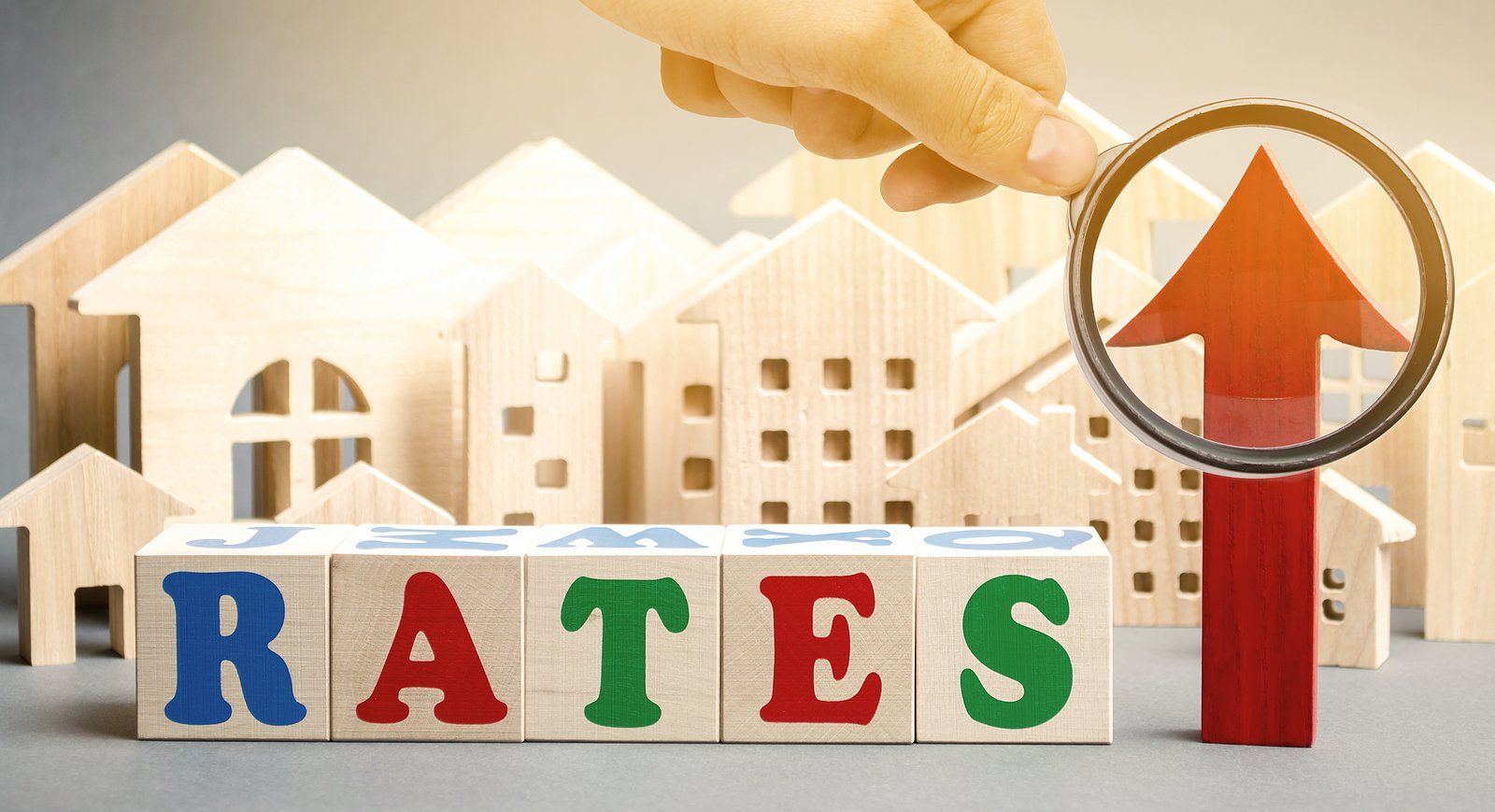OSFI Considers Setting a Minimum Qualifying Rate of 5.25% For Uninsured Mortgages
Banking Regulator Aims To Make It Tougher To Get An Uninsured Mortgage

With several Big-Five bank CEOs calling for regulatory action to slow the red-hot housing market, it didn’t take long for the Office of the Superintendent of Financial Institutions (OSFI), the governor of federally regulated financial institutions, to respond. In a news release issued today, OSFI proposed an increase in uninsured mortgages’ qualifying rate to the higher of the mortgage contract rate plus 200 basis points or 5.25% as a minimum floor.
Based on posted rates of the country’s six largest lenders, the current threshold is at 4.79%. Before the pandemic, the posted rate was widely considered too high relative to much lower contract rates. Remember, Canada’s six largest lenders under OSFI’s jurisdiction set the posted rate each week when they submit to the Bank of Canada the so-called ‘conventional 5-year mortgage rate’. It has increasingly born little relationship to actual contract rates.
OSFI, once again, shows itself to cozy up to the Canadian banking oligopoly. Keep in mind that delinquency rates on the Canadian banks’ mortgage books are very low–both in historical terms and compared with financial institutions in the rest of the world. OSFI couched this proposal in terms of “the importance of sound mortgage underwriting.”
In the release, OSFI said, “The minimum qualifying rate adds a margin of safety that ensures borrowers will have the ability to make mortgage payments in the event of a change in circumstances, such as the reduction of income or a rise in mortgage interest rates. As mortgages are one of the largest exposures that most banks carry, ensuring that borrowers can repay their loans strongly contributes to the continued safety and soundness of Canada’s financial system.”
The comment period ends on May 7. OSFI reported that they would communicate the revised B-20 Guideline by May 24, with an implementation date of June 1, 2021.
This all but ensures that the current boom in home buying will accelerate further in the spring market–providing an impetus for borrowers to get in under the June 1 deadline. OSFI’s move will trigger an even hotter spring housing market as demand is pulled forward just as it was before the January 1, 2018 implementation date of the current B-20 ruling.
This will not impact non-federally regulated FI’s such as credit unions, mono-lines and private lenders, nor does it immediately impact insured-mortgage borrowers.
The federal government is in charge of mortgage qualification for insured mortgages. CMHC and the finance department could well follow OSFI’s lead in tightening qualifying rules for insured loans.
Bottom Line
It is noteworthy to remember that on January 24, 2020, OSFI indicated that it was reviewing the benchmark rate (or floor) used for qualifying uninsured mortgages. At that time, the thought was that the widening gap between the posted rate and the contract mortgage rate was too large and that OSFI and the Bank of Canada would publish a mortgage rate weekly that would better reflect the contract rates. The new qualifying rate would be that contract mortgage rate plus 200 basis points. This consultation was suspended on March 13, 2020, in response to challenges posed by the COVID-19 pandemic.
This article was written by DLC's Chief Economist Dr Sherry Cooper and was syndicated with permission.



